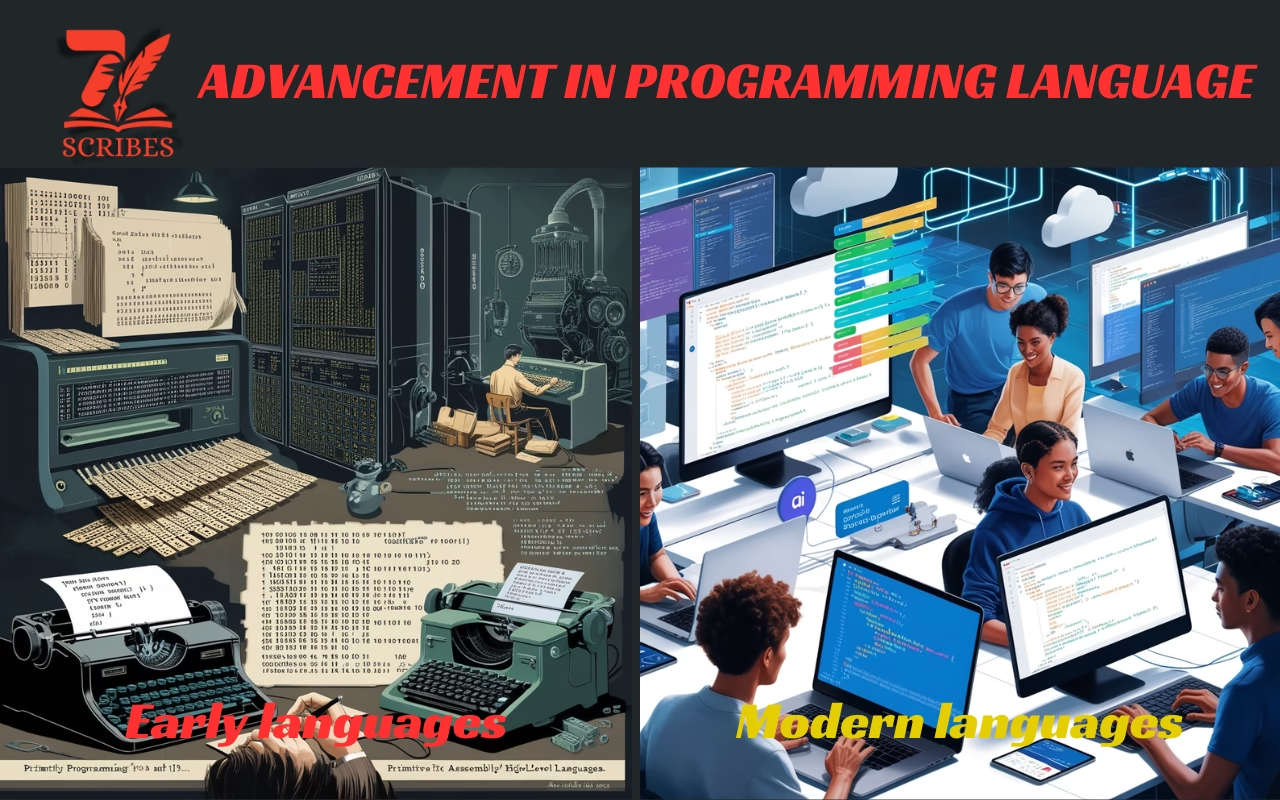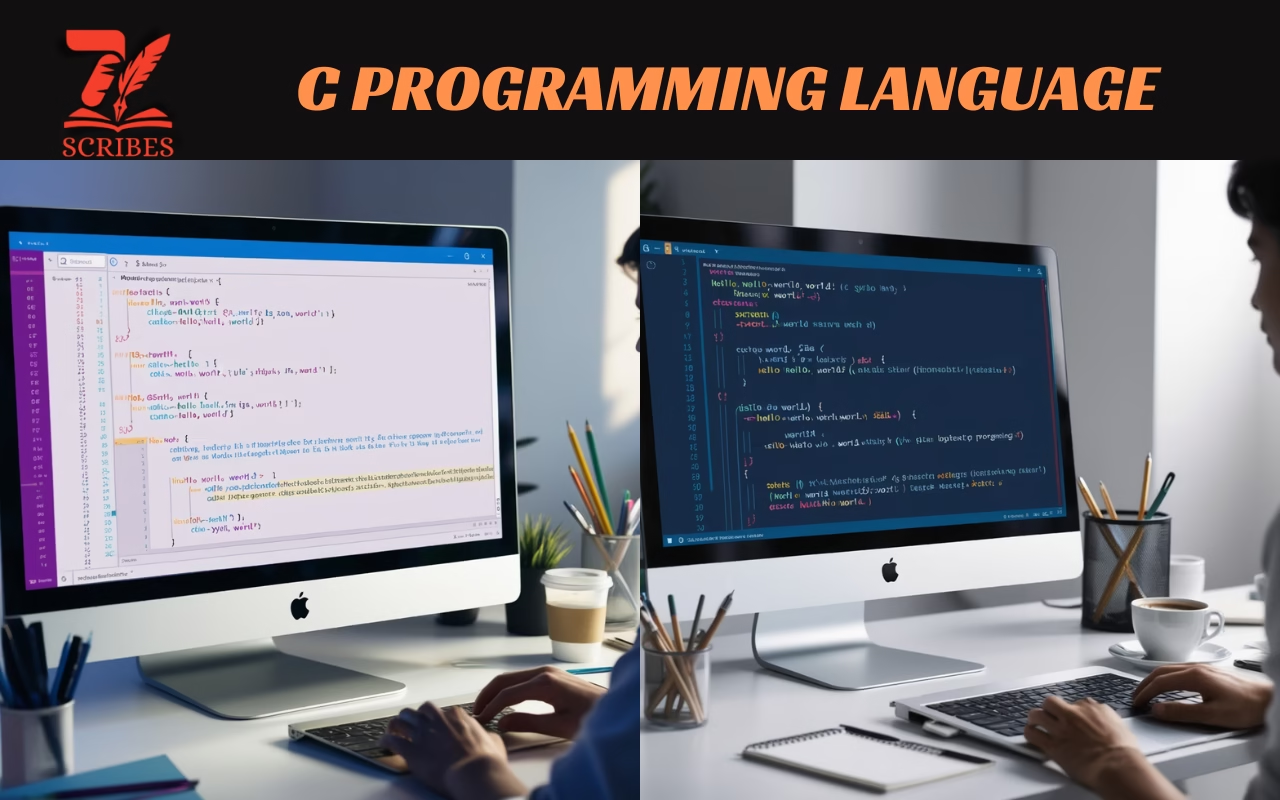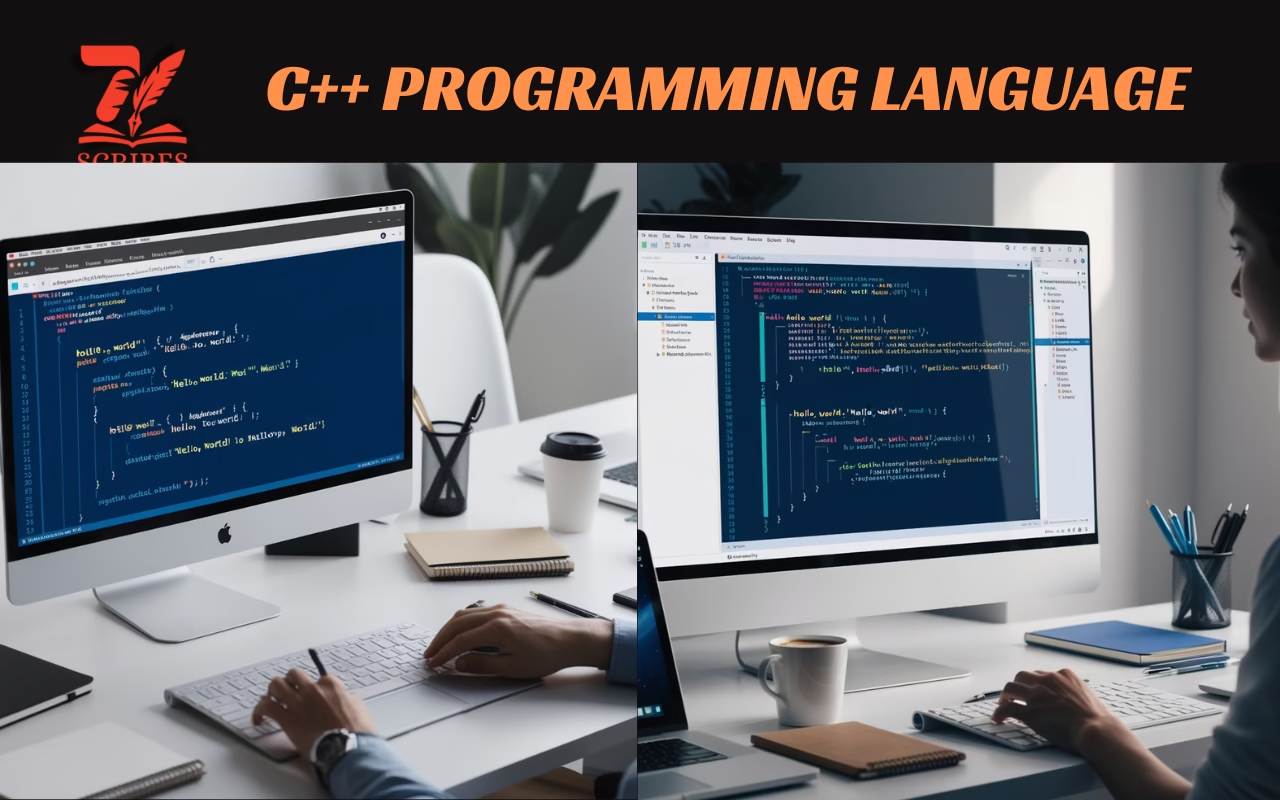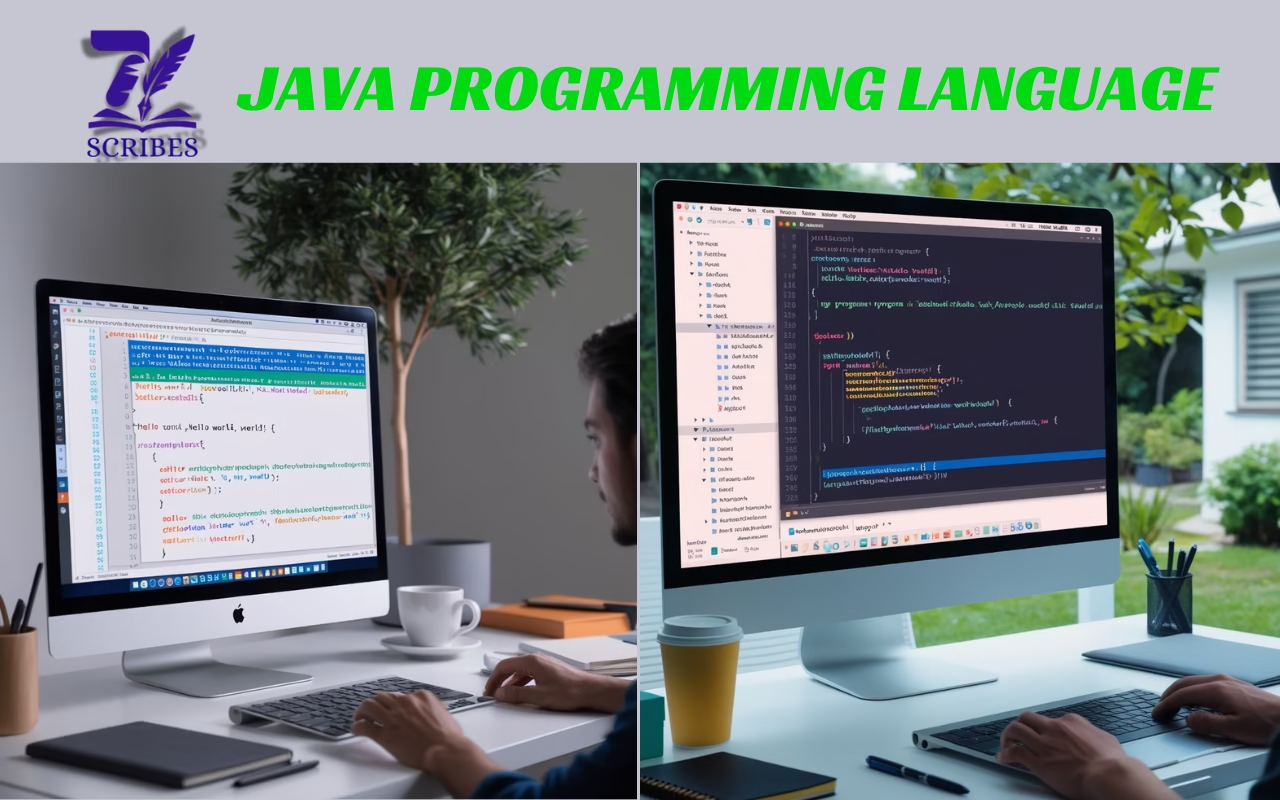PROGRAMMING LANGUAGES are the key tools to present an organized form of thought given to a computer to perform a specific task. A question that arises here is how to write a program, which popped up in our mind in the form of thought. In our lives, human beings can easily share thoughts with others and make them understand.
It is essential that the ideas are understandable and can be interpreted by the receiver. The most important tool is language. Language is a tool that can convey a message and interpret and analyze that message accordingly. A computer also uses language to communicate with a user. Human beings can understand multiple languages, but a computer language is specified.
The computer has its unique language. It accepts messages and instructions in that language only. We can write a program with the help of a computer’s specified language. The language that can understand the computer is known as BINARY LANGUAGE. Every human language has an alphabet alphabet of computer language that is 0 and 1.
HISTORY OF PROGRAMMING LANGUAGES
In the early days of programmable computers, a computer instructed by specific codes to perform a unique operation. That code is written in computer language named by machine-level language. It only allows machine-level programming that contains binary digits (0and1).
Every language offers syntax to write any code, just like that the machine-level language also has a syntax refers to the rules to write a program. The machine-level languages offered very restricted syntax. The programmers had to write code on a hardware level, which was difficult because the machine-level language is not human-understandable.
To read more click here
ADVANCEMENT IN PROGRAMMING LANGUAGES
Prompting to a computer in machine-level code is very difficult for human beings. They thought about an alternate way. They started to think about how we can prompt a computer in human-understandable language. Eventually, their hard work paid off, and in 1940 the first electrical power computer was introduced that could deal with human understandable language.
The first high-level language PLANKALKUL was written by Konard Zues for his Z1 computer from 1042 to 1945, but it was not functional at that time. In this language, the programmer prompts in a human-understandable way and the interpreter converts the code into binary and runs it on a computer. This type of language is called high-level language. With time computers moved towards advancement and multiple languages were introduced to perform different tasks on a computer.
The first functional high-level language was written by JOHN MAUCHLY in 1950, which is known as short code but along with other languages was also introduced in different periods and used by limited computers. In 1954 IBM introduced a high-level language named FORTRAN which is used widely. Some other early programming languages are Regional Assembly language, auto code, Flow matic, Cobol, and so on.
IMPORTANT PROGRAMMING LANGUAGES
In our daily life, millions of people communicate with each other and express their thoughts. Thousands of them belong to different cultures with unique perceptions. Mostly, their languages also differ from each other, and they can’t understand others’ points of view but, still represent their thought with the help of a third person typically known as a translator. Just like that rapid advancement in the field of technology, opened the door to world wonders.
This advancement in technology made a computer able to perform different tasks as well as computer also became able to understand multiple languages except for its language through a third party named interpreter or compiler. Hundreds of programming languages can used to prompt a computer and get the required results but, every language has its scope and objectives.
Some important programming languages that are frequently used nowadays are discussed below.
C LANGUAGE
It was a time when a computer was moving steadily towards advancement and it was required to manage resources in a more sophisticated way. To ease resource management through the operating system, Dennis Ritchie and JS Thompson introduced C language in 1972. C is a high-level language that is used in the development of an operating system like UNIX.C language also provides machine-level programming. The c language also influenced other hundreds of programming languages and served as their foundation. Nowadays by reflecting its versatility and flexibility C language is used in various fields and the development of an operating system, embedded systems, game development, networking, compiler and interpreter, scientific computing, and database management systems.
To read more click here
C++ LANGUAGE
C++ was developed by Bjarne Stroustrup in 1979 as an extension of the C programming language. It was designed to include o object-oriented features, which were becoming increasingly important in software development. The first official release of C++ occurred in 1985, and it introduced features such as classes, basic inheritance, and static member functions.
Over the years, C++ has undergone several updates, with significant versions including C++98, C++03, C++11, C++14, C++17, and the most recent C++20, each adding new features and improving the language’s capabilities c++ has remained one of the most widely used programming languages globally, known for its performance and flexibility. It is particularly favoured in systems programming, game development, and applications requiring high-performance computing.
To read more click here
JAVA
Java was developed in the early 1990s by James Gosling and his team at Sun Microsystems. The project initially aimed to create a language for interactive television, but it evolved into a general-purpose programming language. Java was officially released in 1995 and quickly gained popularity due to its platform independence, thanks to the “write once, run anywhere” (WORA) capability, which allows Java applications to run on any device that has a Java Virtual Machine (JVM). Over the years, Java has undergone several updates, with significant versions including Java 2 (released in 1998), Java 5 (2004), and the latest versions continuing to enhance its features and performance.
In 2010, Oracle Corporation acquired Sun Microsystems, and Java has since been maintained and developed under Oracle’s stewardship. Java remains one of the most widely used programming languages today, with applications across various domains including enterprise applications, web development, the Internet of Things, cloud computing and big data technologies.
PYTHON
Python was conceived in the late 1980s by Guido van Rossum at the Centrum Wiskunde & Informatica (CWI) in the Netherlands. The implementation of Python began in December 1989, and the first official version, Python 1.0, was released in February 1991. Python was designed with an emphasis on code readability and simplicity, which has contributed to its widespread adoption.
Over the years, Python has evolved significantly, with major versions including Python 2.0 released in 2000, which introduced features like list comprehensions and garbage collection, and Python 3.0 released in 2008, which aimed to rectify fundamental design flaws and improve the language’s consistency. Python 3 has since become the standard, with ongoing updates enhancing its capabilities and performance.
kcvj Python has become one of the most popular programming languages today, widely used across various domains due to its versatility and ease of use. Here are some of its prominent applications web development, data science and artificial intelligence, automation and scripting, and scientific computing.
read more about other blogs
FAQs:
1. What is a programming language?
- A programming language is a set of instructions used to communicate with a computer to perform specific tasks.
2. What is binary language?
- Binary language is the computer’s native language, consisting of 0s and 1s, representing data and instructions.
3. What is the difference between high-level and machine-level languages?
- Machine-level language is made up of binary code and is hard for humans to understand, while high-level languages are human-readable and easier to write and understand.
4. Why is Python so popular?
- Python is popular due to its simple syntax, readability, and versatility, making it suitable for web development, data science, AI, and more.
5. What is the role of a compiler or interpreter?
- A compiler or interpreter translates high-level code into machine-readable binary code, enabling the computer to execute the program.

Nice step toward a Longterm success don’t be hesitated and keep up your consistency. Don’t forget Redirections initially.